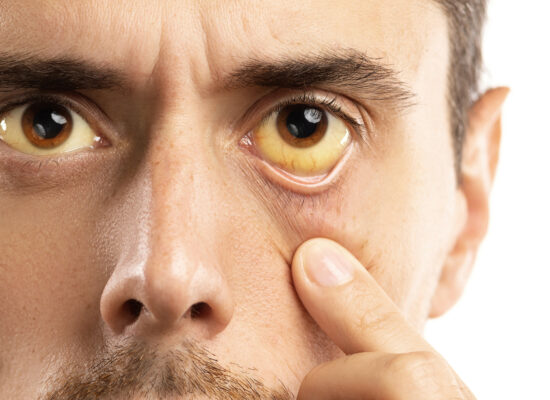Ernesto Bockamp
PD Dr. rer. nat et med. habil. Ernesto Bockamp, is a molecular biologist, immunologist and cancer researcher with many years of experience in generating and analyzing preclinical in vitro and in vivo tumour models.
By reconstructing human diseases in genetically modified mouse models, Dr. Bockamp has generated fundamental insights into hematopoietic stem cells, leukemias and bone formation defects. Dr. Bockamp's current focus is on the development, validation and clinical translation of new cancer immune-therapeutics.
As Chief Scientific Officer (CSO), he founded the company ImmuneNTech GmbH together with Dr. Bernd Lecher and Prof. Dr. Dr. Detlef Schuppan in 2021.






